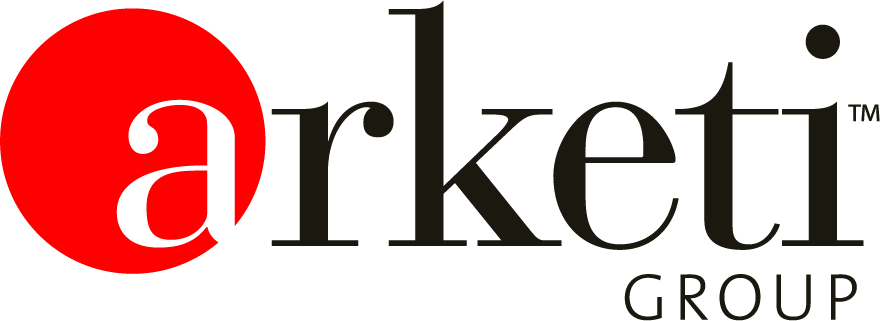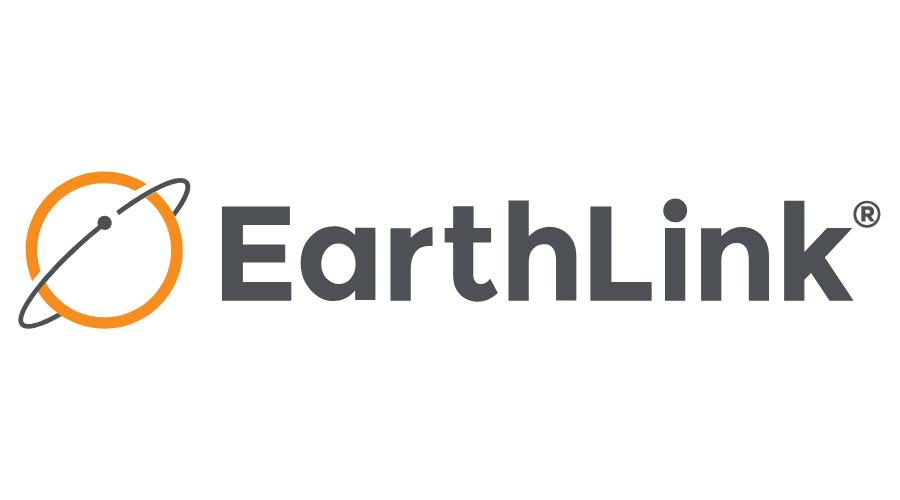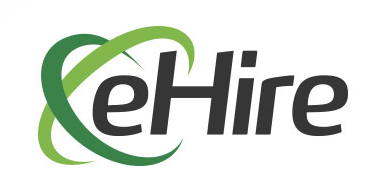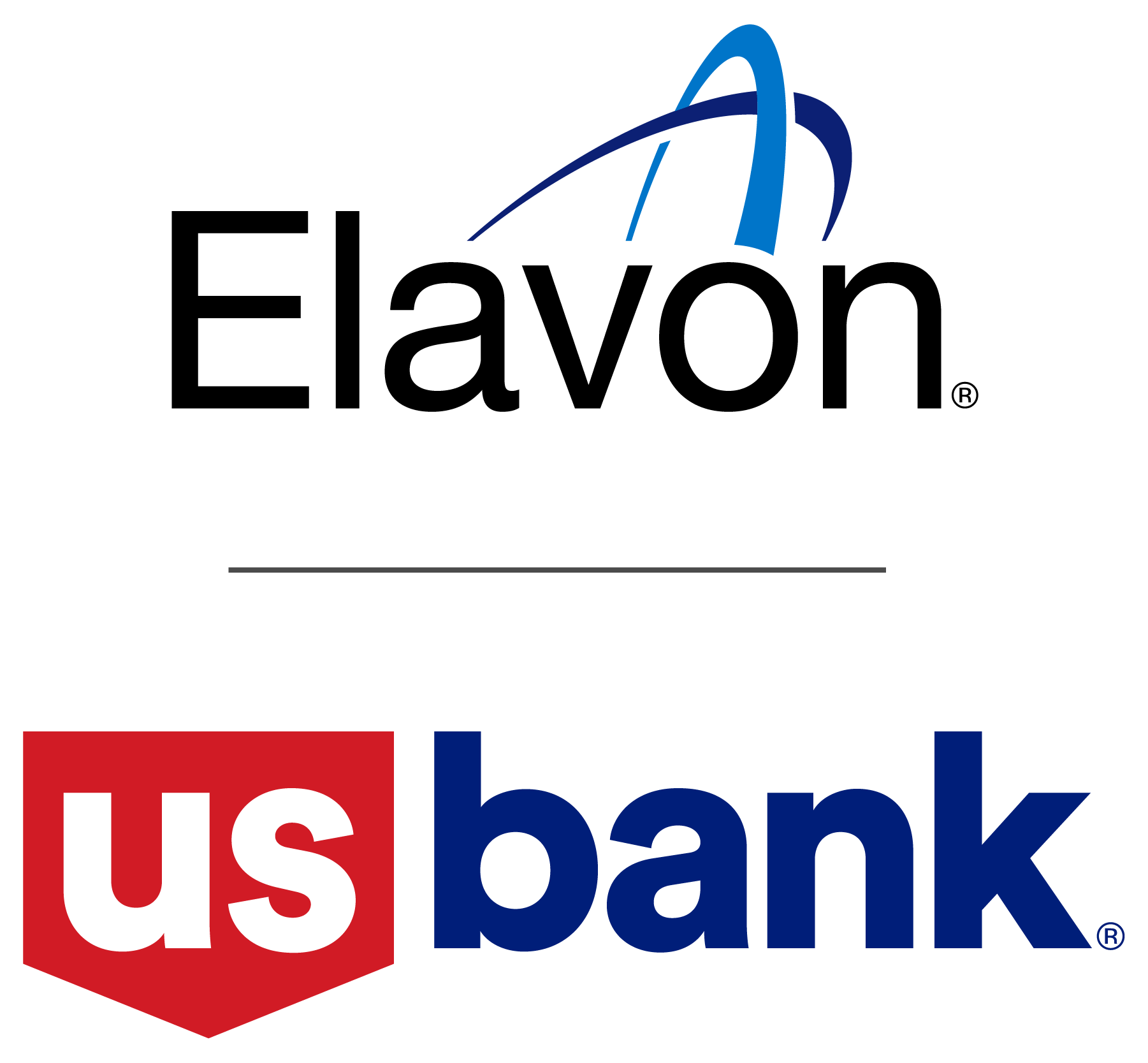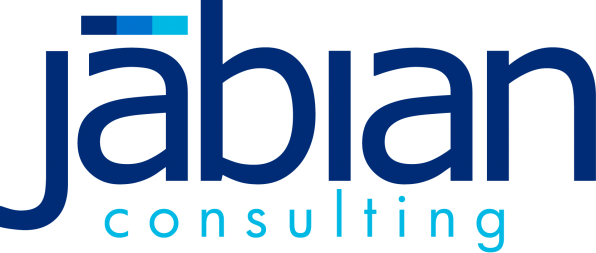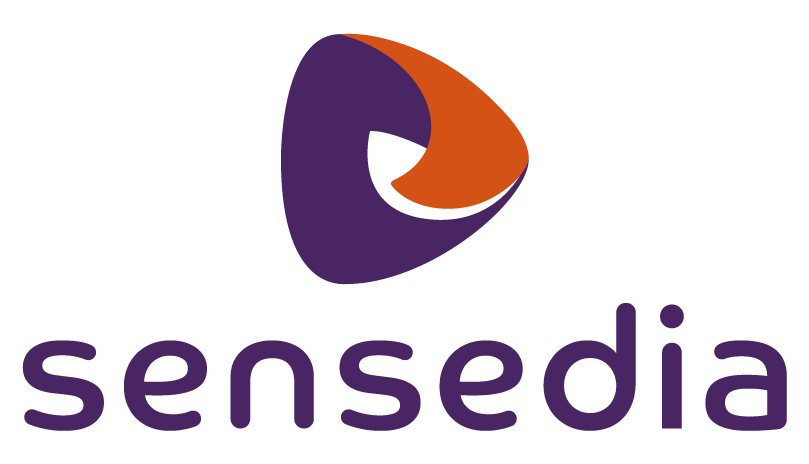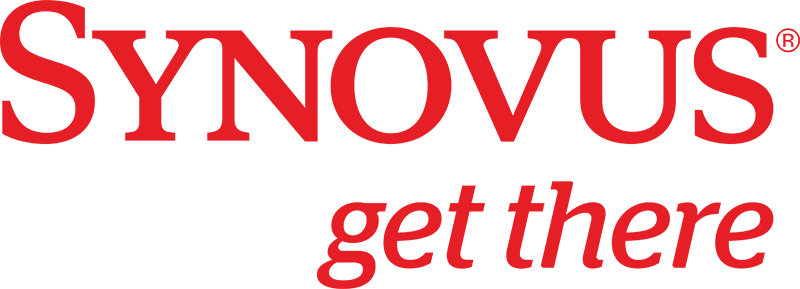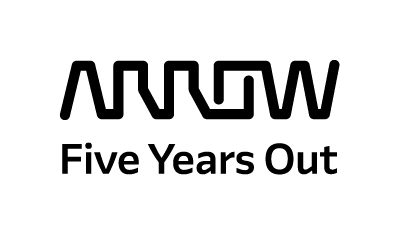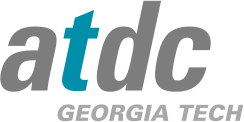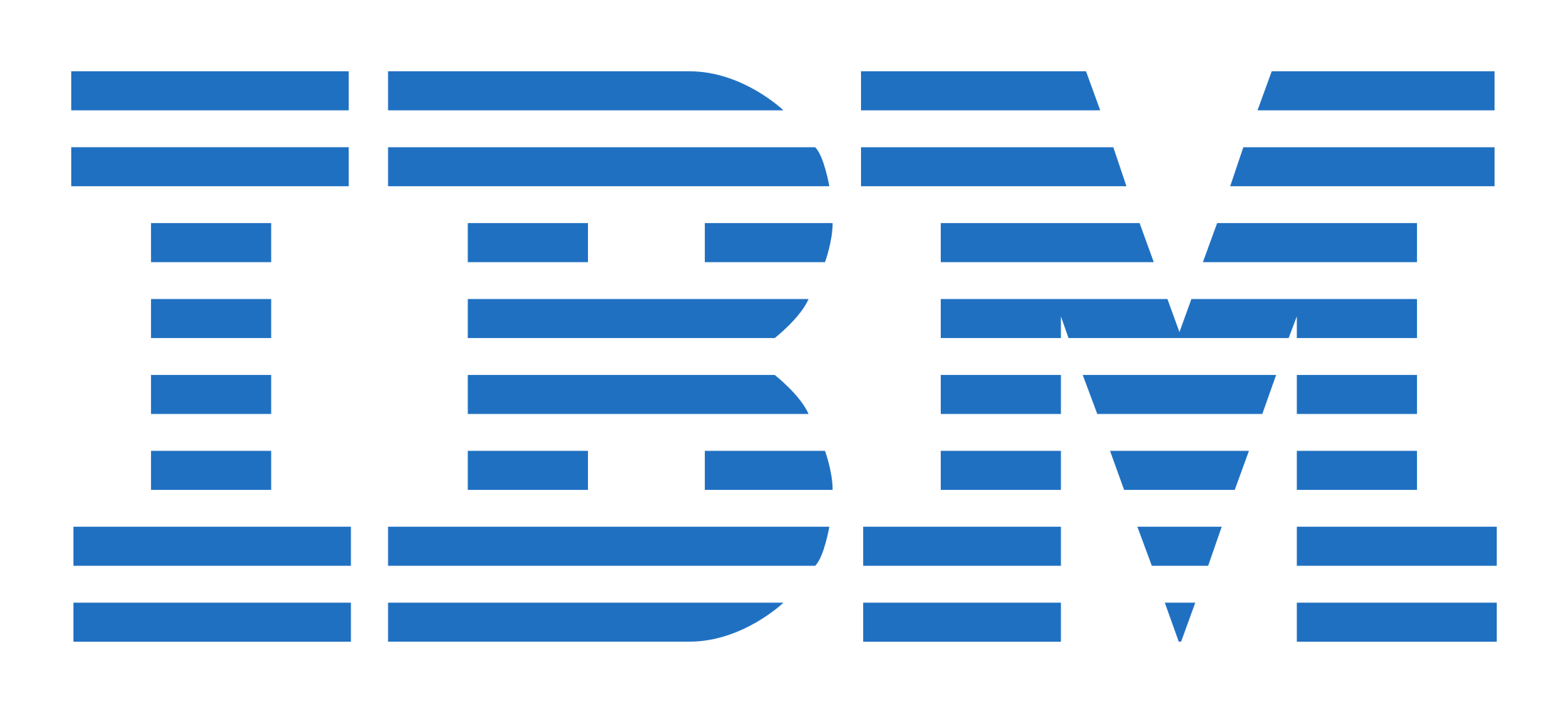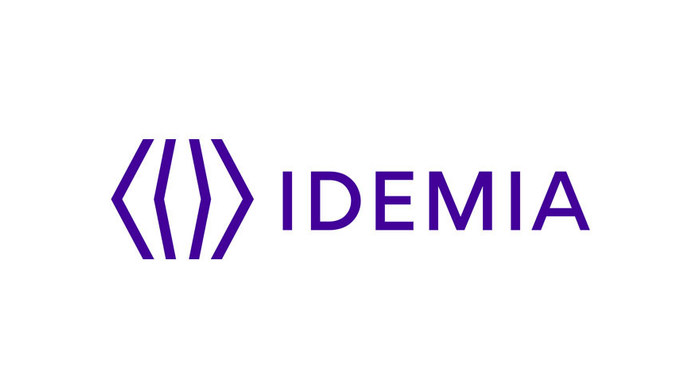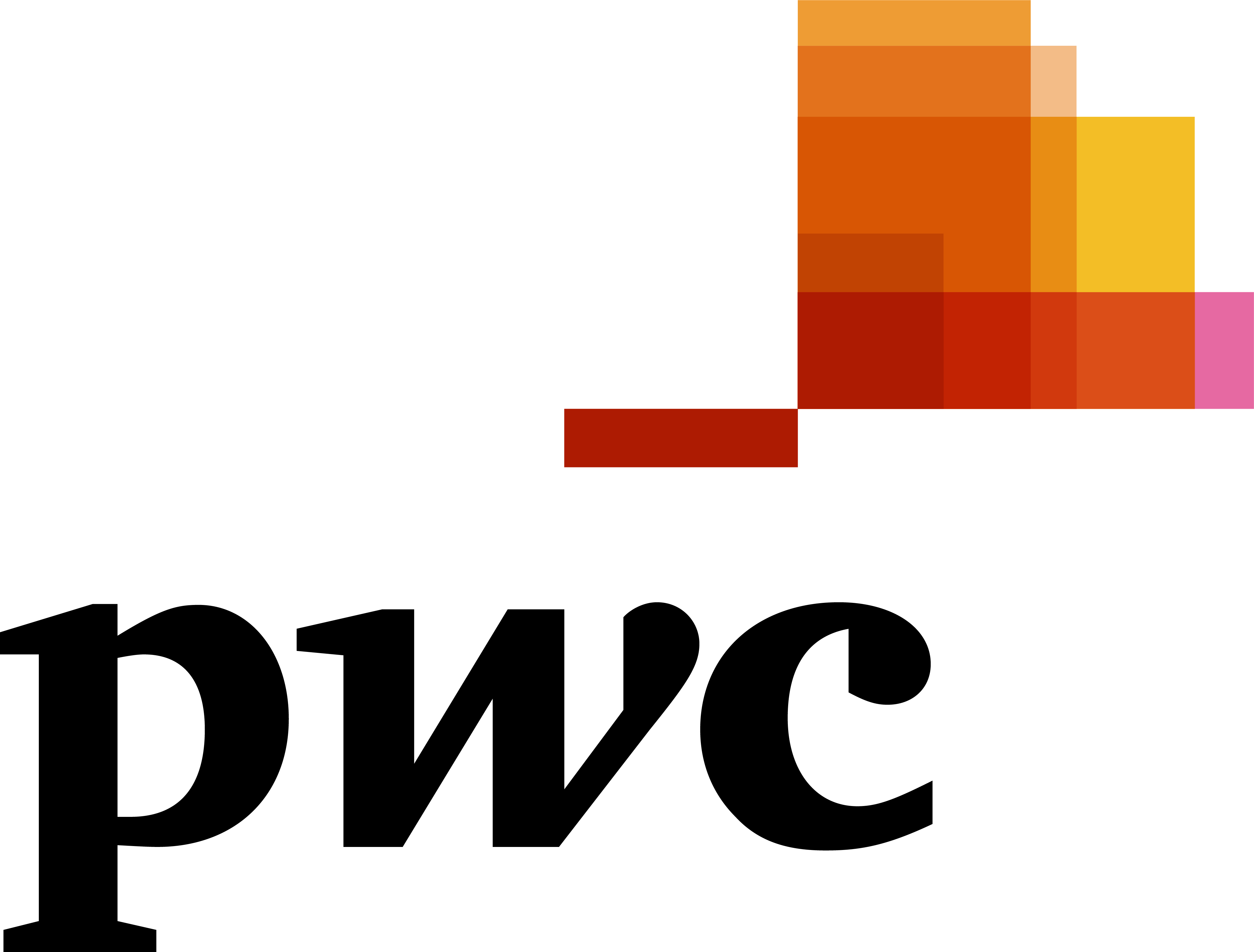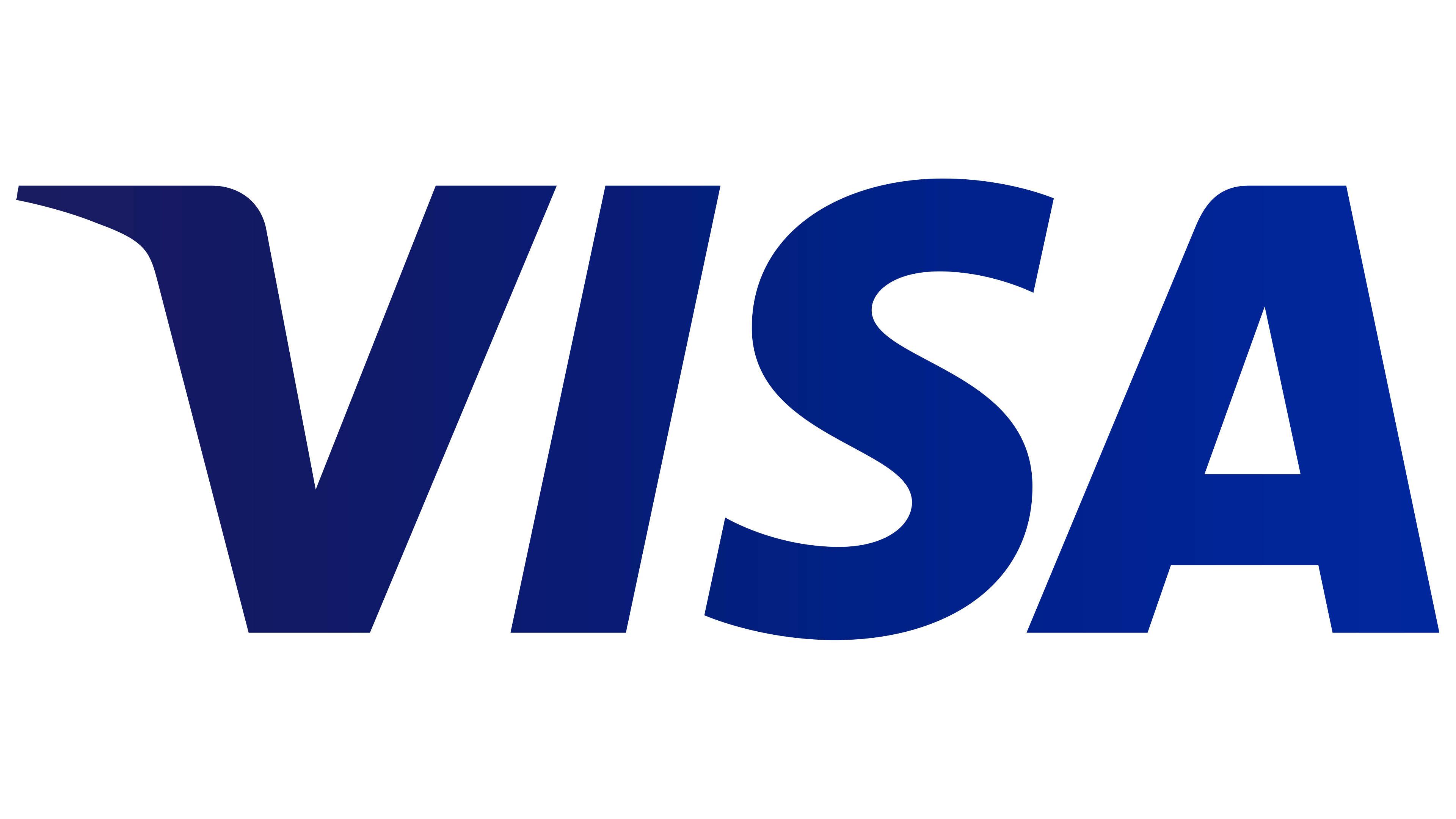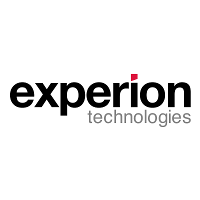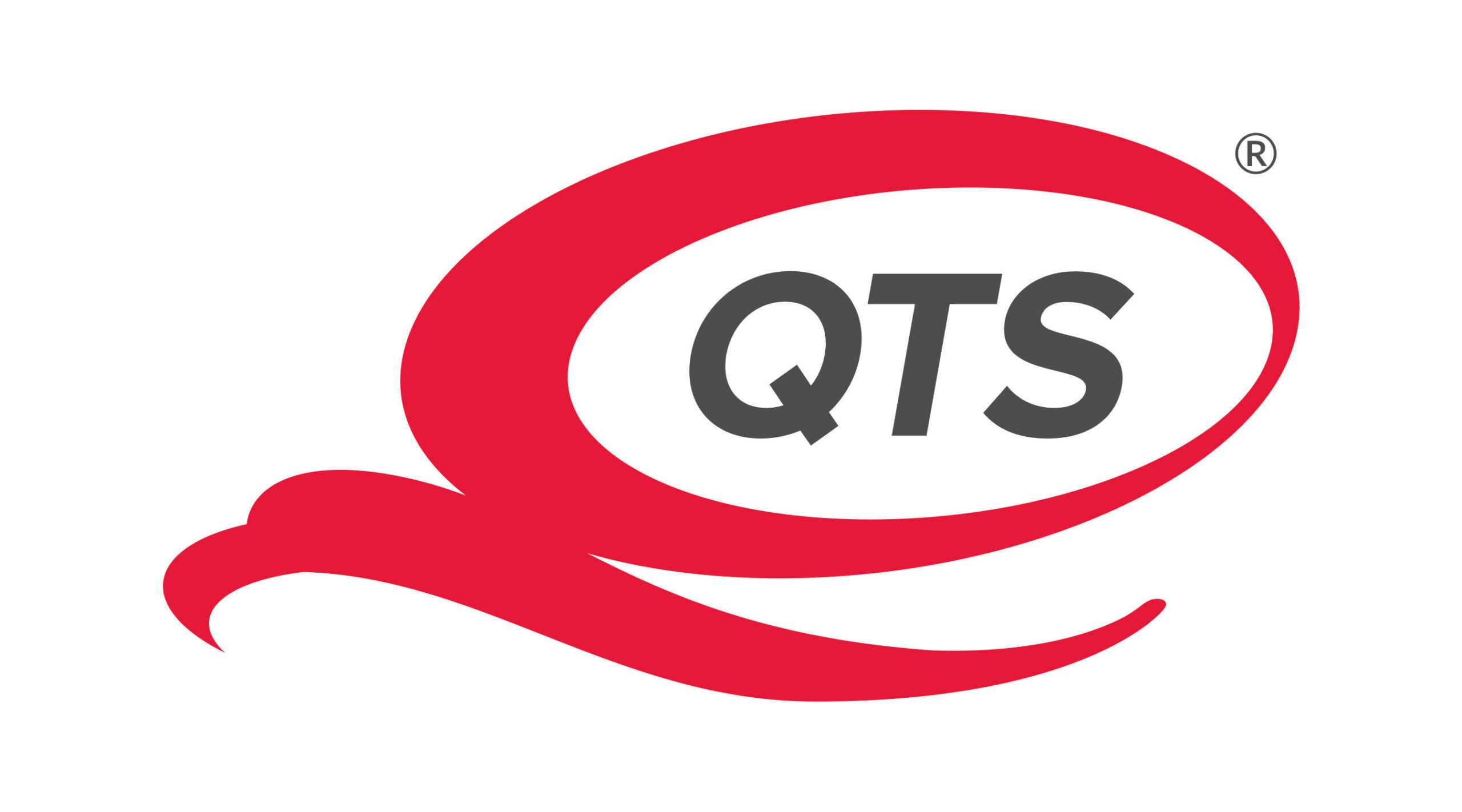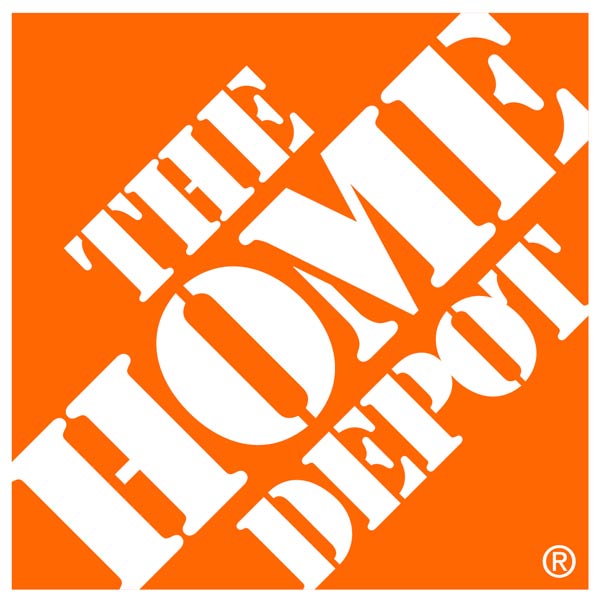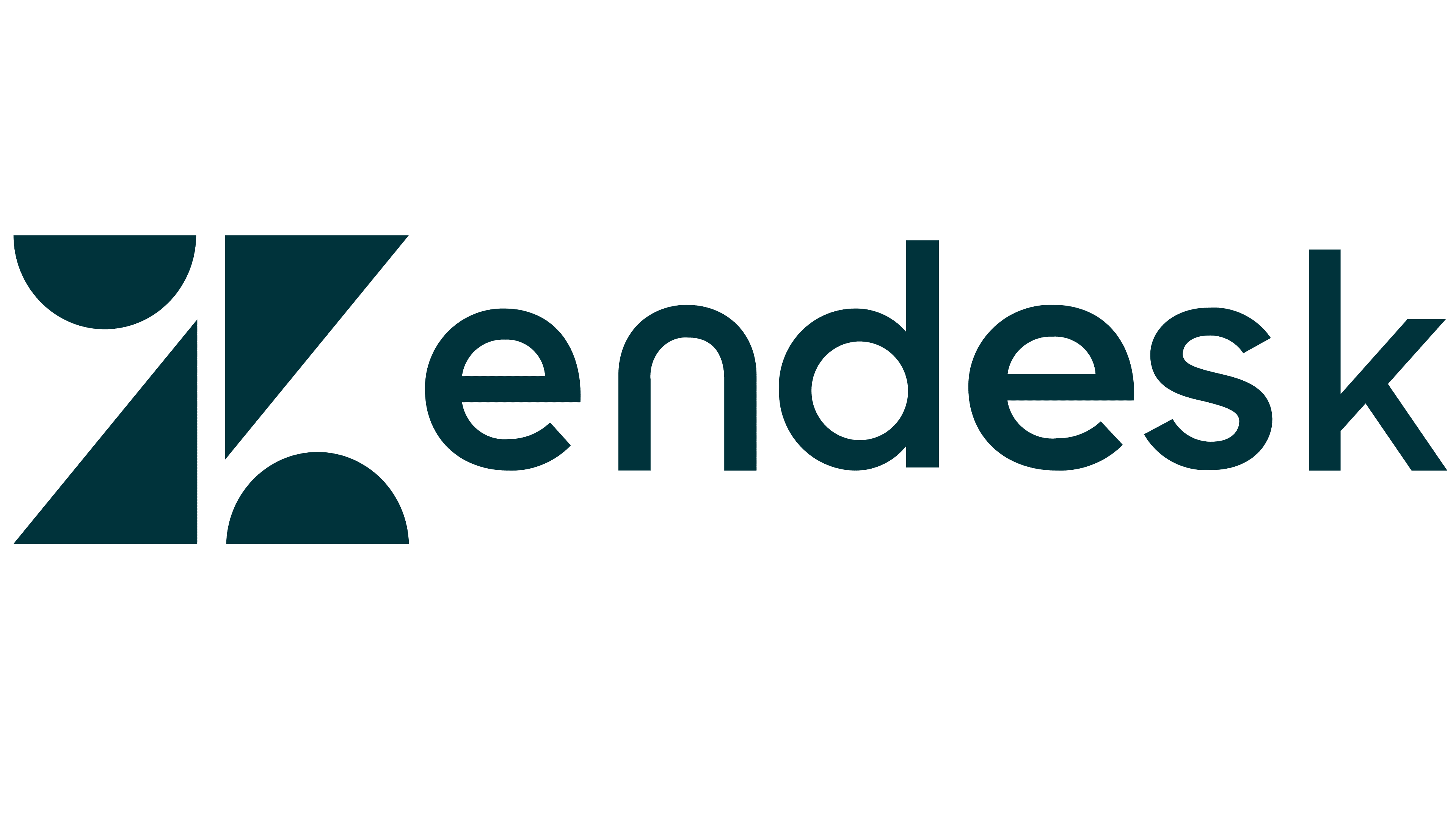According to Gartner Group, blockchain technology has entered the “Trough of Disillusionment.” Kind of sounds bad doesn’t it? Just as we’re getting our minds around how blockchain can be used for other business applications than cryptocurrency, the technology hits the trough.
Gartner’s Hype Cycle defines the Trough of Disillusionment as the point at which “interest wanes as experiments and implementations fail to deliver. Producers of the technology shake out or fail. Investments continue only if the surviving providers improve their products to the satisfaction of early adopters.”
The Trough of Disillusionment is not nearly as bad as it sounds. This is common to early stage technologies that are finding their way into world markets. It’s actually a positive indicator that blockchain is moving towards acceptance. Gartner goes on to say: “Blockchain and IoT (Internet of Things) platforms have crossed the peak by now, and we believe that they will reach maturity in the next five to ten years…”
The “peak” refers to the Peak of Inflated Expectations: On Gartner’s website, it is defined as: “Early publicity produces a number of success stories – often accompanied by scores of failures. Some companies take action; many do not.”
The “shift from compartmentalized technical infrastructure to ecosystem-enabling platforms,” is building the fundamentals for unique business models as the technology stabilizes in the future.
For blockchain platform technology, use cases must evolve and mature. The use cases must show positive indicators that investments will yield meaningful business results.
So, how are your blockchain projects doing? Are they yielding positive results? Have the investments scratched the service of blockchain’s potential?
I hope the answer is yes, because blockchain is a keeper. Blockchain’s potential benefits are too great to pass up. Moreover, as with any great technology, competition defines that rate of adoption. Being early to market with the blockchain architecture as your backbone has many upsides.
Here are some challenges to consider:
- How disruptive will blockchain be in your market segment?
- Will the large FinTech organizations be pioneers (because of scale), or will new entrants make the waves (because of speed and agility)?
- Will financial services organizations depend on two separate payment platforms – traditional platforms as used today and/or blockchain backbones that service specific payment needs?
- How long will it be before the regulators exercise new controls, reporting requirements, etc.?
In case you’ve forgotten (though I’m sure you haven’t), below are some of the features and benefits of a blockchain architecture that can add stability to our world in which data is forever hacked and payment fraud continues to soar.
| Blockchain Feature | Business Benefit | Potential Blockchain Applications |
| Integrity | When everything is archived and authorized in a decentralized way, a blockchain architecture ensures that transactions are processed in a reliable and transparent manner. |
|
| Security | With no central point to be exploited, a blockchain architecture is well protected against hacking attacks and fraud. | |
| Immutability | A third-party cannot make changes to distributed ledger. | |
| Transparency | In a distributed ledger every transaction is recorded publicly. Note: there is a potential drawback to transparency in that not everyone wants their transactions visible. | |
| Reduced Transactions Costs | Blockchain allows peer-to-peer and business-to-business transactions to be completed without the need for a third party (e.g. gateway, bank, etc.). | |
| Instant Settlements | Transactions are fast which helps reduce risk and the need for back office staff. | |
| Self-Sovereign Identity | Blockchain technology resists hacking, DDOS attacks, and other forms of fraud. It can also help banks and others identify individuals quickly and accurately through a blockchain-enabled digital ID. |
Before we go, keep in mind that blockchain has great potential to streamline internal operations of financial services organizations. Accenture recently released a report that claimed blockchain technology could reduce infrastructure costs for eight of the world’s 10 largest investment banks by an average of 30%, “translating to $8 billion to $12 billion in annual cost savings for those banks.” Pretty impressive numbers.
When you have a moment, check out the TAG Blockchain Ecosystem Flash Report.

